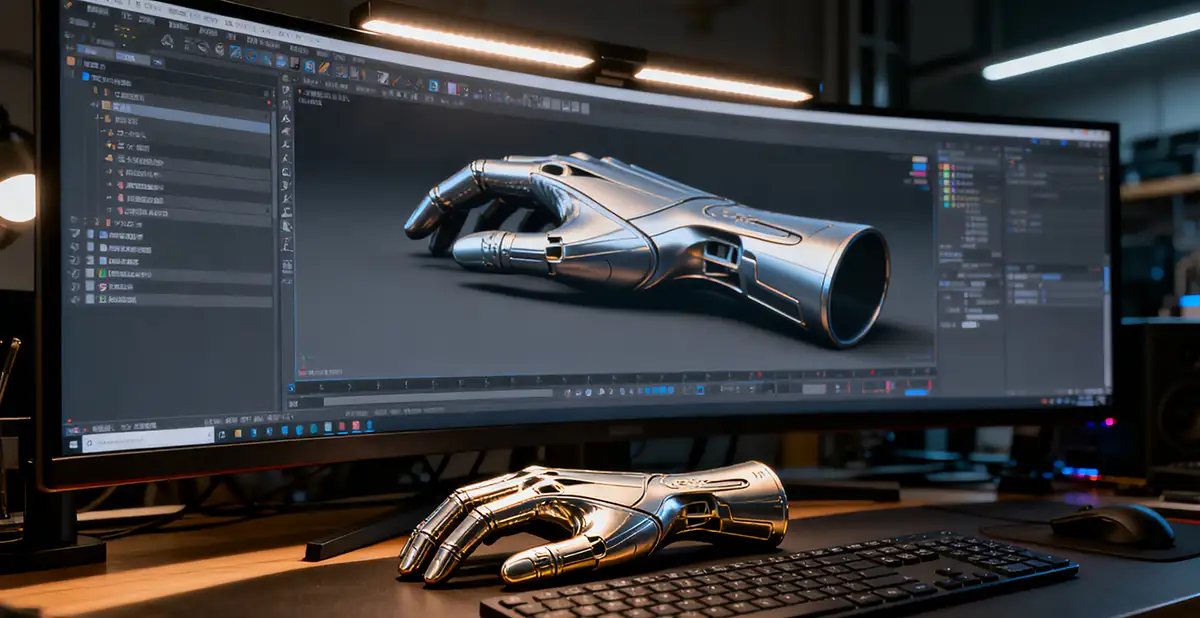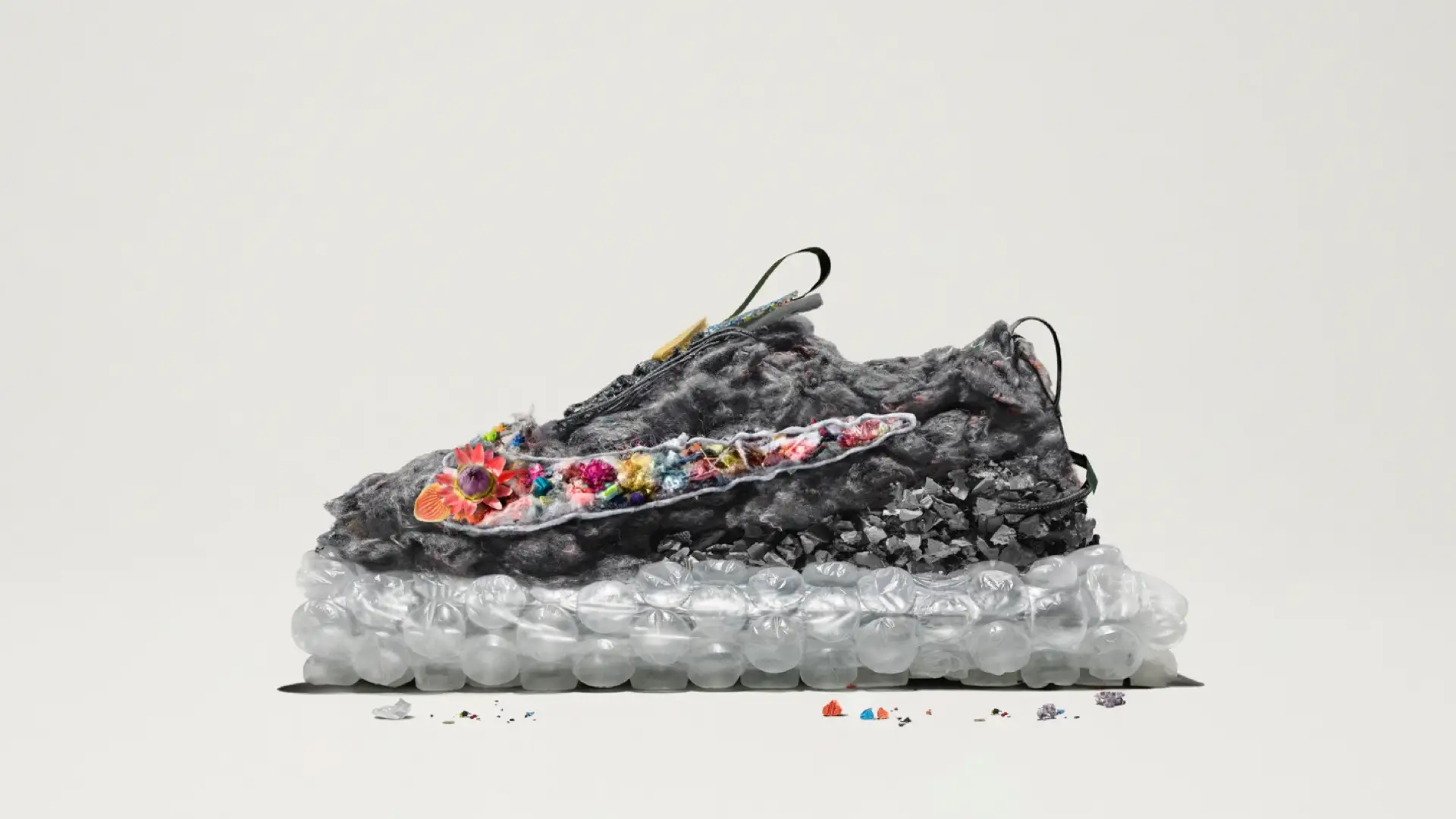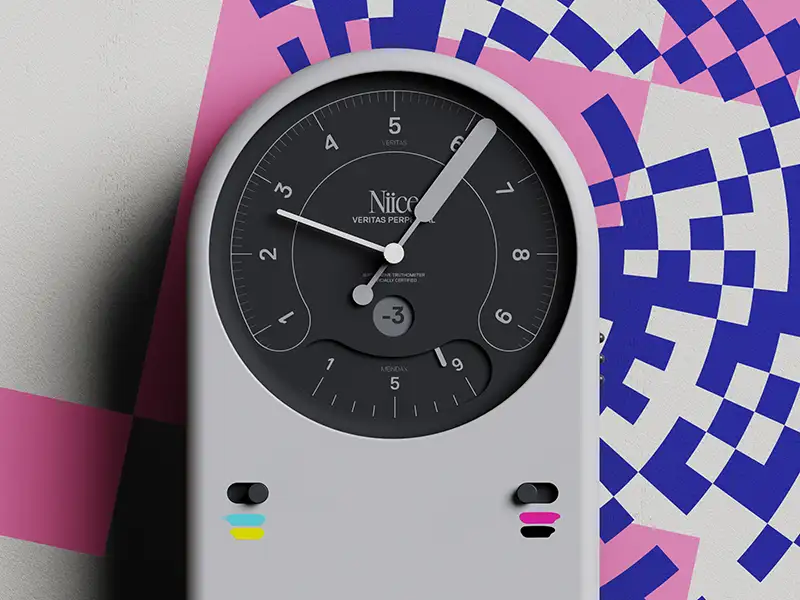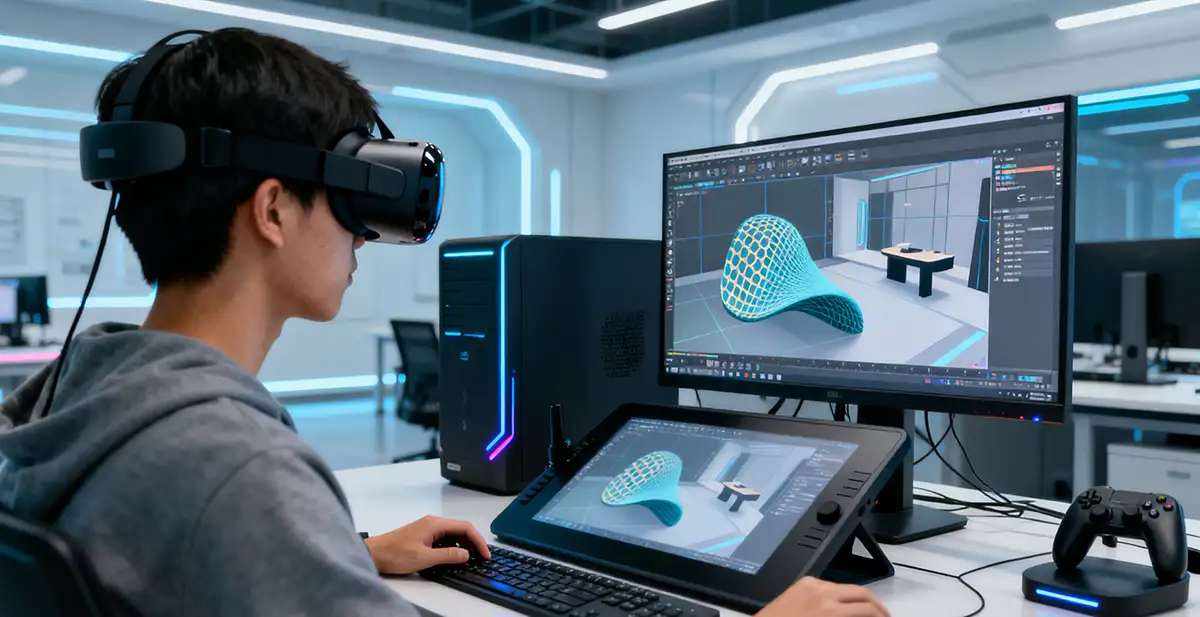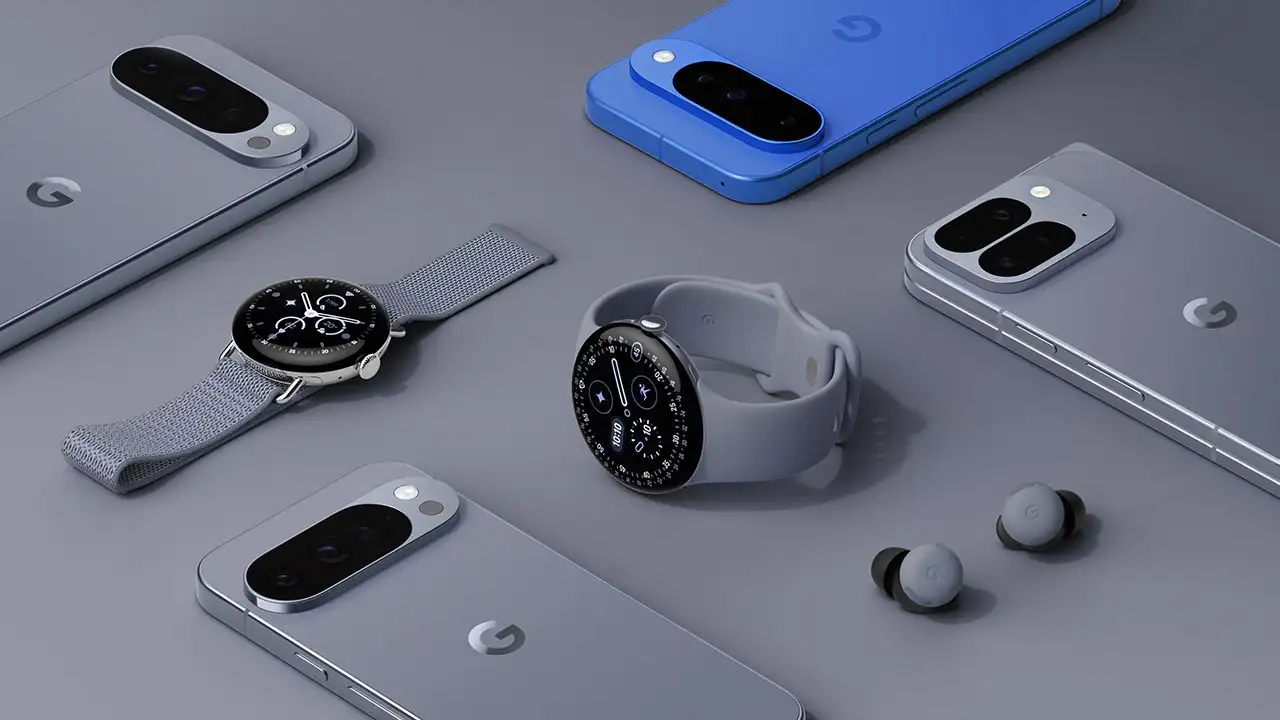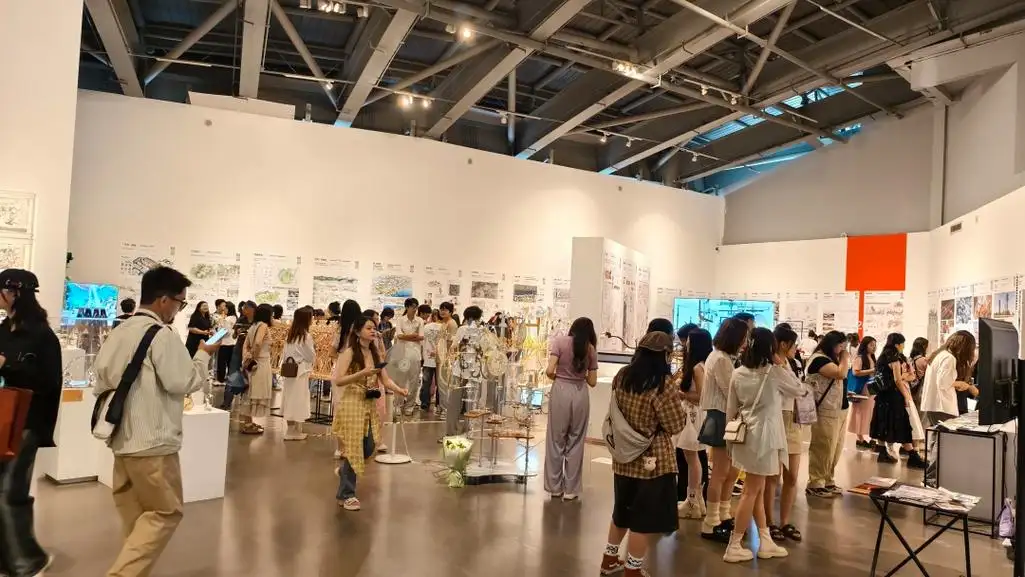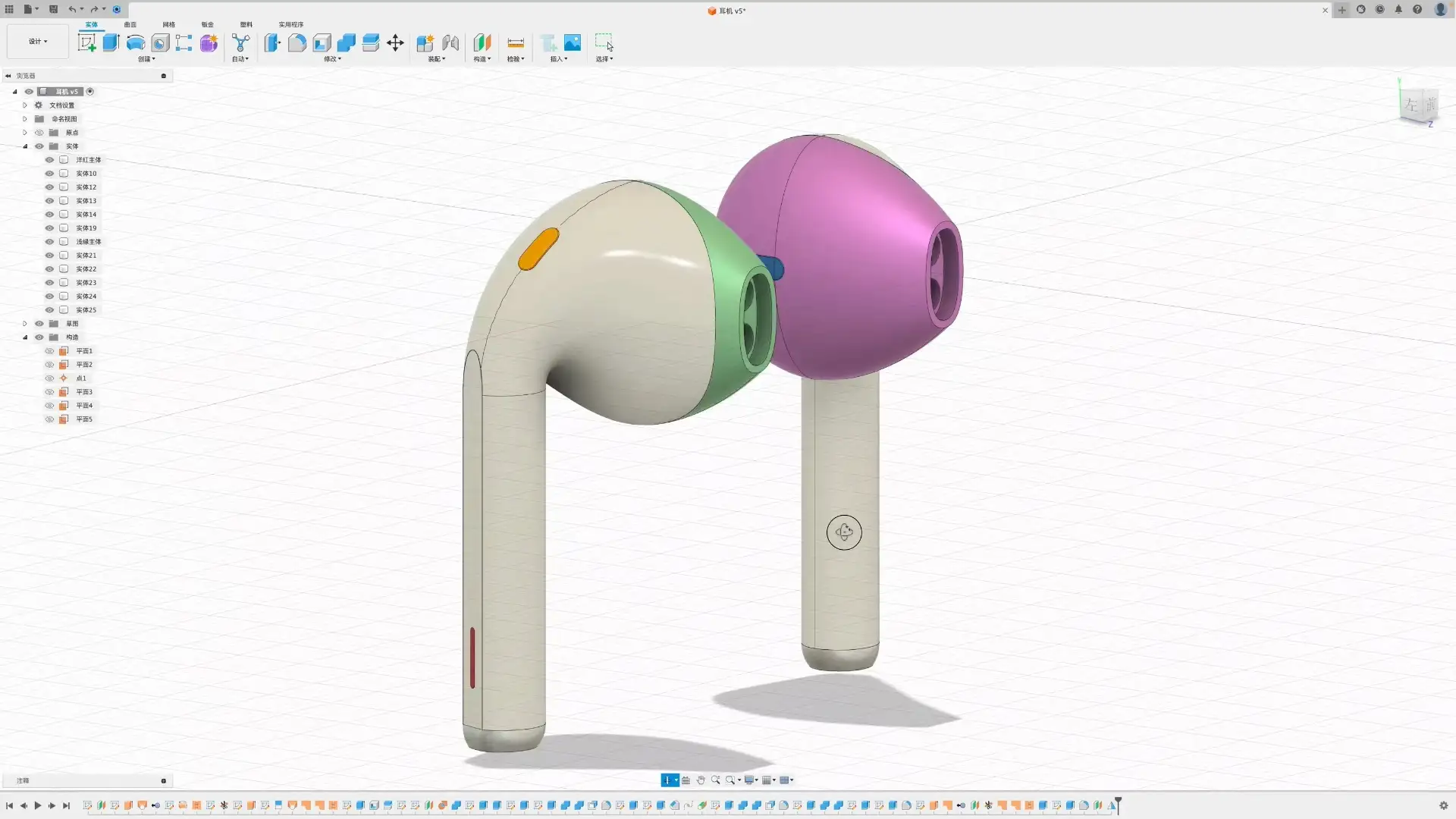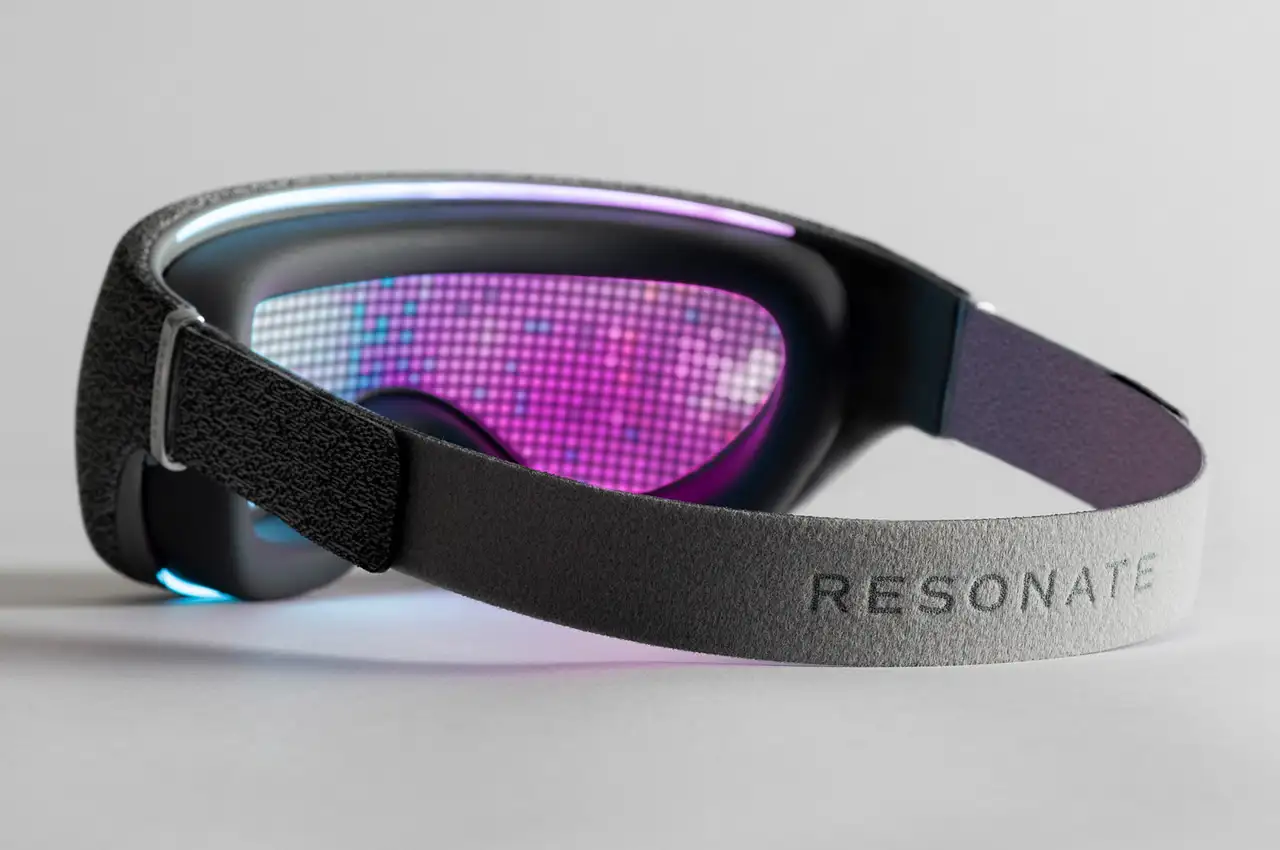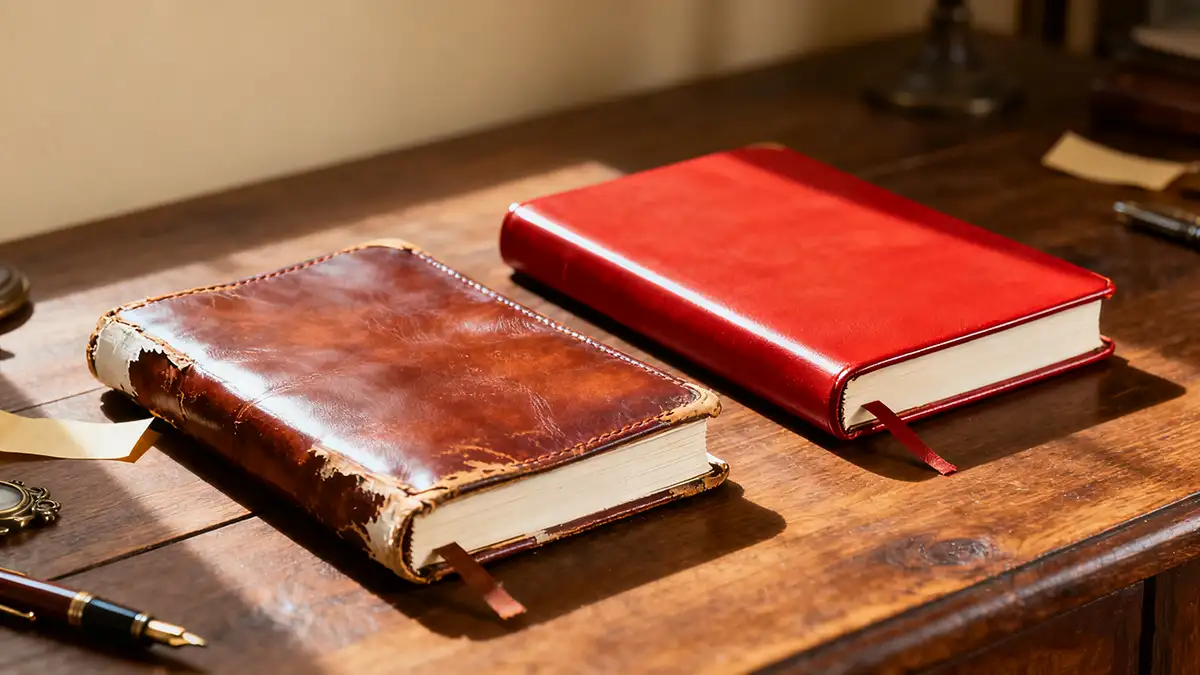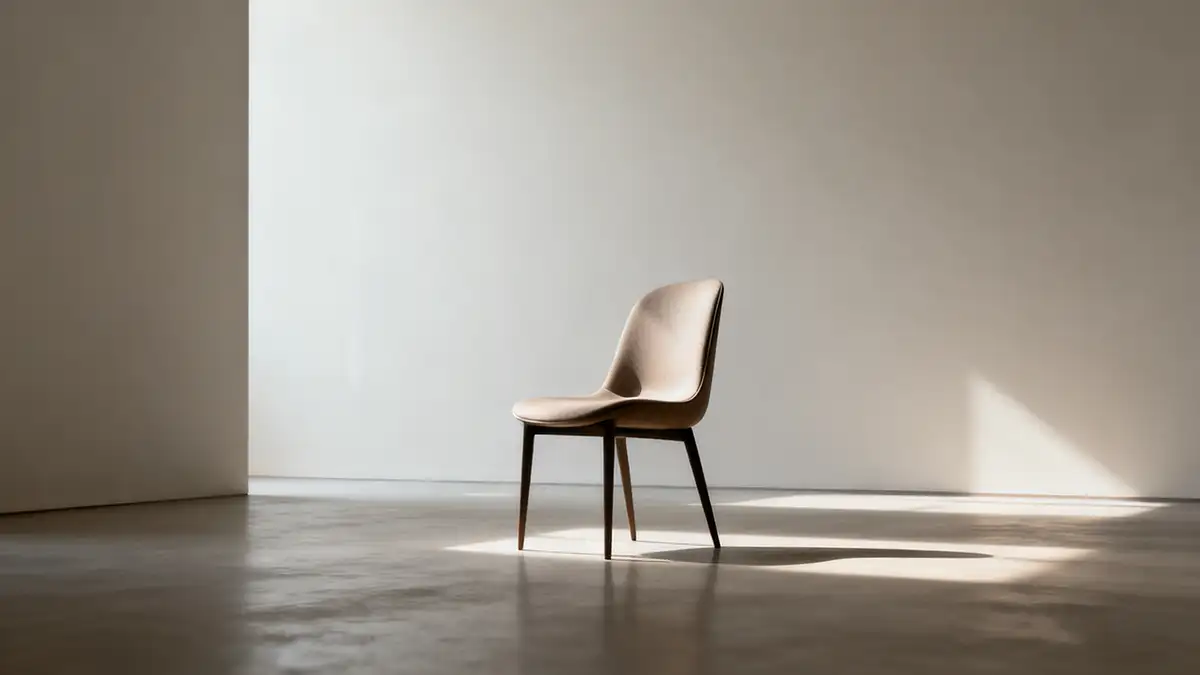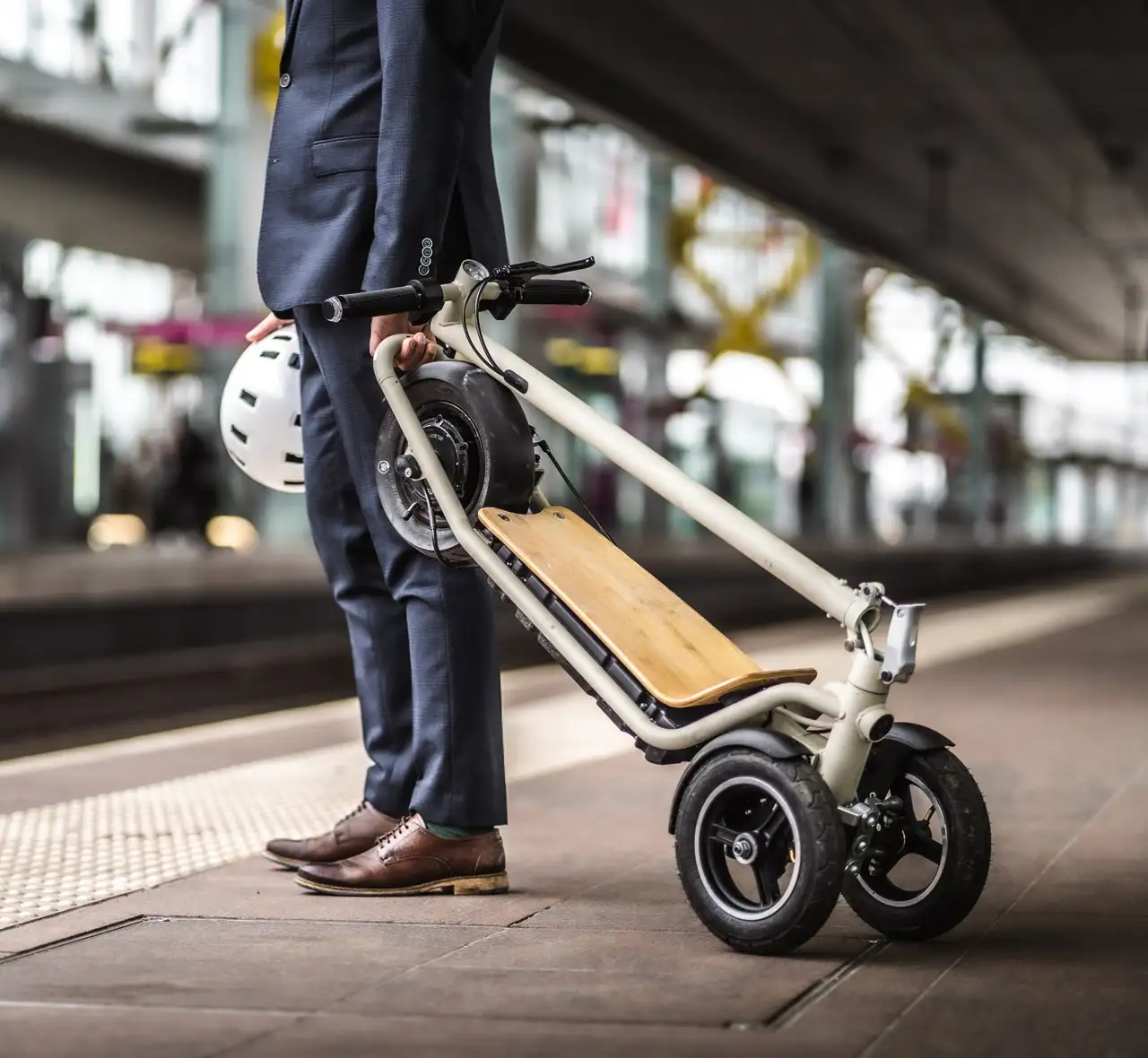NINEIDEA:作为ID设计师常年在结构设计坑里摸爬滚打的 “老司机”,今天给咱们ID设计师唠点 “保命级” MD结构设计常识 —— 不是让你转行做结构,而是让你的设计稿少被打回三次!
一、先搞懂:结构设计的底线是 “能不能做出来”
1. 拔模斜度:模具的 “逃生通道”
- 啥意思:就像你往杯子里倒奶茶,杯壁得有点斜度才能倒干净,零件表面也得有个小斜坡(一般 1°-3°),不然模具打不开,零件会被扯烂!
- ID 踩坑现场:曾经有个设计师画了个完全垂直的手机边框,结构师直接裂开:“这模具要做成可活动的,成本多花 20 万!”
- 怎么避坑:画曲面时,随手标一句 “建议拔模斜度 1.5°”,结构师会给你点赞。
2. 壁厚:别让零件 “薄如纸”
- 啥意思:就像塑料瓶壁太薄会捏扁,产品外壳壁厚一般得有 0.8-3mm(看材料)。太薄容易开裂,太厚会缩水起泡。
- ID 踩坑现场:某设计师为了 “极致轻薄”,把耳机壳壁厚搞成 0.5mm,打样时直接碎成渣…
- 怎么避坑:画草图时心里默念 “ABS 材料至少 1.2mm,PC 材料至少 1.5mm”,复杂结构适当加厚。
3. 卡扣:比胶水更靠谱的 “隐形缝合线”
- 啥意思:就像衣服上的暗扣,零件之间用卡扣卡住,不用螺丝更美观。但卡扣得有 “弹性空间”,比如卡槽深度、扣位角度(一般扣位高度 1.5-2mm,角度 60° 左右)。
- ID 踩坑现场:有个设计师把卡扣藏在圆弧面里,结构师哭了:“这位置根本没法做弹性变形,装上去就拆不开!”
- 怎么避坑:画卡扣时,旁边标一句 “建议预留 0.3mm 弹性间隙”,或者直接画个简单爆炸图示意位置。
二、搞清楚:哪些设计会让结构师 “想打人”
1. 全透明 / 全镜面设计:指纹和缩水的噩梦
- 结构内心 OS:透明件(如亚克力)特别容易看出缩水痕,镜面材质(如电镀)会放大模具瑕疵,做 10 个可能 8 个有气泡。
- ID 友好做法:局部透明 + 哑光材质搭配,比如耳机仓上半部分透明看电量,下半部分哑光防指纹。
2. 隐藏式接口:小心 “插不进去”
- 结构内心 OS:USB 接口要留足插拔空间(比如 Type-C 至少留 12mm 深度),隐藏式设计得考虑插头角度,不然用户插歪了会怼坏内部结构。
- ID 友好做法:画接口时,标清楚 “离边缘距离≥5mm”,或者直接用结构师给的 “接口标准件” 模型。
3. 复杂曲面拼接:模具师傅的 “杀猪刀”
- 结构内心 OS:两个曲面拼接处如果是尖锐的直角,模具得做成 “镶件”(额外加钱),而且容易断模。
- ID 友好做法:把拼接处改成 R 角(半径≥0.5mm),既能防刮手,又能降低模具难度。
三、偷偷告诉你:结构师最爱这样的 ID 设计师
1. 会 “分层” 的设计师:把零件拆成 “搭积木”
- 举例:设计加湿器时,主动分成 “上盖(含出雾口)+ 水箱 + 底座(含电路)” 三层,每层单独画爆炸图,结构师能直接按层设计卡扣和密封。
- 好处:拆件合理 = 模具分模简单 = 成本低 + 良率高。
2. 懂 “材料脾气” 的设计师:不拿塑料当金属使
- 常见材料坑:
- 铝合金可以做 0.5mm 超薄边,但塑料不行;
- 软胶(如 TPE)适合做防滑握把,但不能单独承力。
- ID 友好做法:画手绘图时,标清楚 “此处用硅胶软胶” 或 “建议用 6061 铝合金”,结构师能直接匹配工艺。
3. 会 “留白” 的设计师:给结构留 “抢救空间”
- 举例:设计智能手表时,屏幕边缘留 2mm “黑边”,看似丑,实则给内部排线、电池留足位置;如果强行 “无边框”,可能导致屏幕被挤压碎裂。
- 好处:结构师会感激你没把他逼到 “削足适履” 的份上…
四、终极心法:用 “结构思维” 升级设计稿
- 新手误区:觉得结构是 “后期问题”,先画爽了再说。
- 高手操作:画草图时问自己三个问题:
- 这个弧度,模具能不能做出来?(不行就改直一点)
- 零件怎么组装?是螺丝固定还是卡扣?(提前标出来)
- 如果用户摔了,哪里最容易坏?(加厚关键受力点)
最后送你一句结构师的口头禅:
“没有做不出的设计,只有没考虑成本和工艺的设计。”咱们 ID 和结构不是对立的,你多懂点 “能不能做”,他多懂点 “怎么做得美”,合作起来才能像奶茶配珍珠 —— 绝配!
MD structural design knowledge that helps you avoid pitfalls
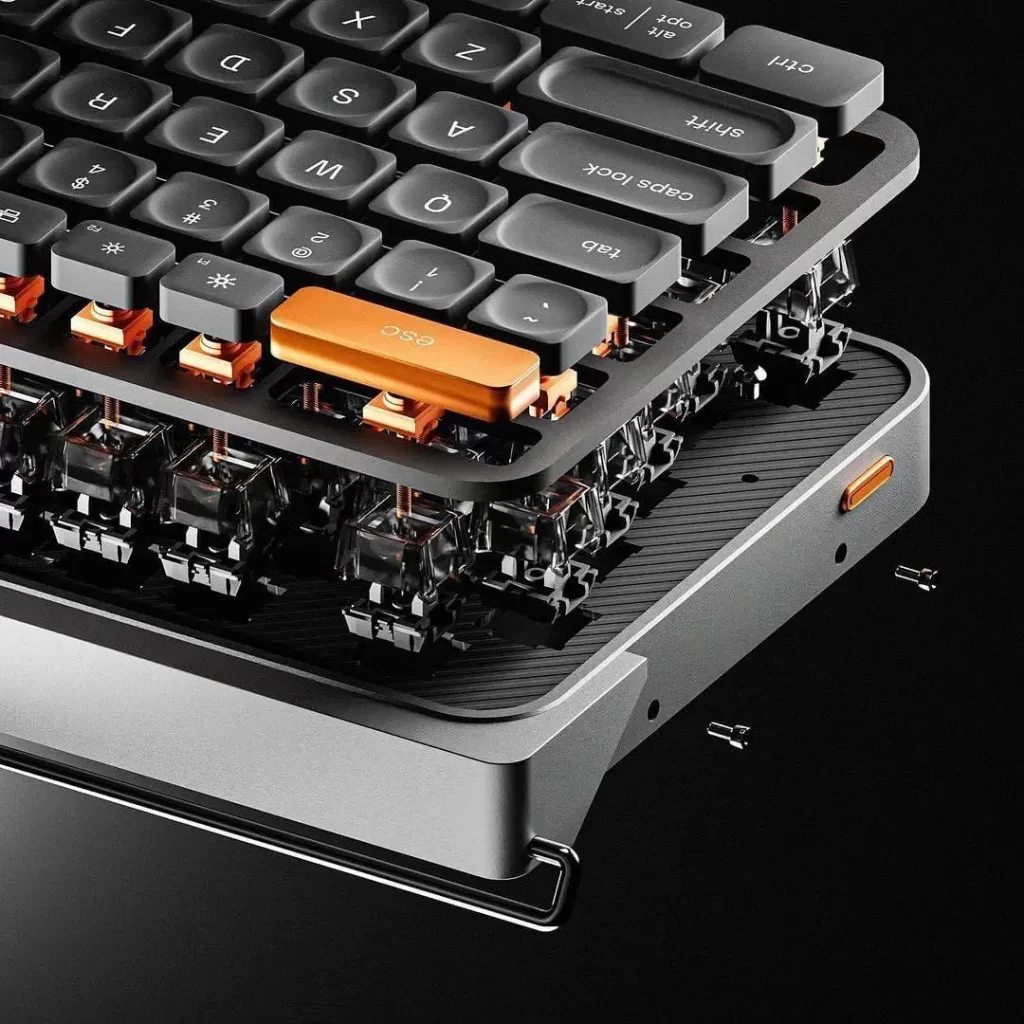



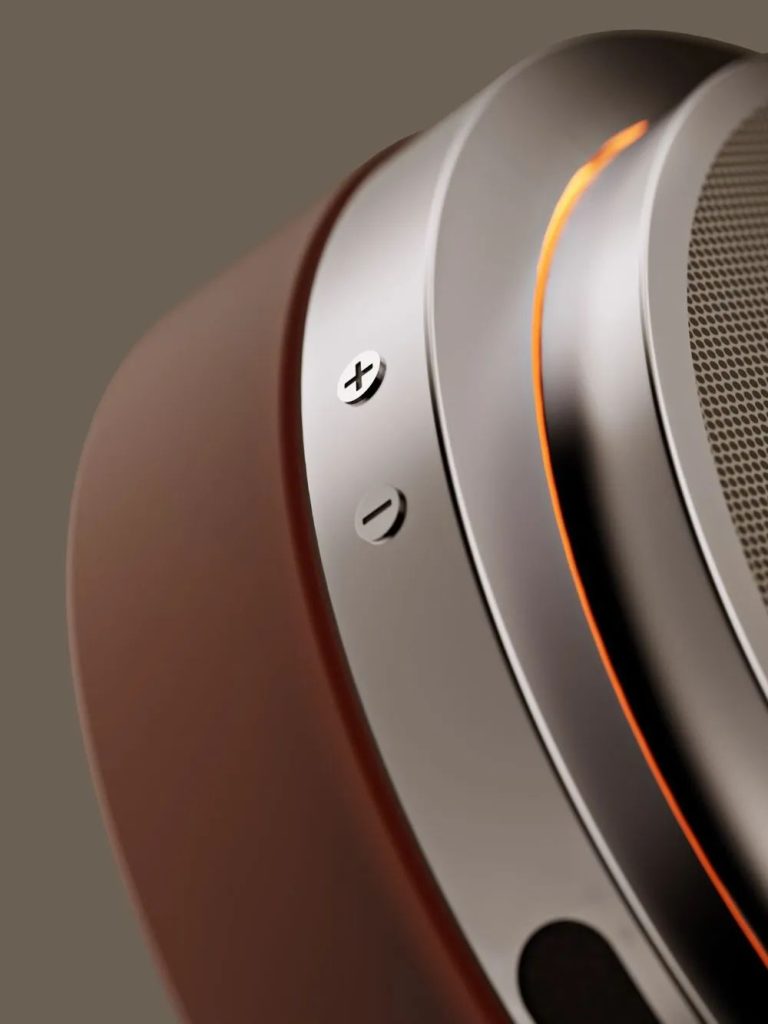
NINEIDEA:As an ID designer who has been navigating the challenges of structural design for years, I’m here to share some “life-saving” MD (Mechanical Design) knowledge with my fellow ID designers. This isn’t about switching careers to become a structural engineer; it’s about ensuring your design drafts get rejected fewer times!
I. First things first: The bottom line of structural design is “feasibility”
1. Draft Angle: The “escape route” for molds
What it means: Just like a milk tea cup needs a slight slope for the liquid to pour out smoothly, the surface of a part also requires a small incline (usually 1°-3°). Without it, the mold can’t open properly, and the part might get damaged during extraction.
ID designer’s nightmare scenario: Once, a designer created a completely vertical smartphone frame. The structural engineer was shocked, saying, “Making this mold movable will cost an extra 200,000 yuan!”
How to avoid the pit: When drawing curved surfaces, simply add a note like “Suggested draft angle: 1.5°”. Your structural engineer colleagues will surely appreciate it.
2. Wall Thickness: Don’t make parts “paper-thin”
What it means: Similar to how a plastic bottle collapses if its wall is too thin, product casings typically require a wall thickness of 0.8-3mm (depending on the material). Too thin, and it’s prone to cracking; too thick, and it may shrink or bubble.
ID designer’s nightmare scenario: A designer, aiming for “ultimate thinness”, made an earphone shell with a wall thickness of only 0.5mm. During prototyping, it shattered into pieces!
How to avoid the pit: When sketching, keep in mind: “ABS material should be at least 1.2mm thick, and PC material at least 1.5mm.” Increase the thickness for complex structures as needed.
3. Snap Fits: More reliable than glue – the “invisible stitching”
What it means: Just like hidden buttons on clothes, snap fits hold parts together without screws, offering a cleaner look. However, snap fits need “elastic space”, such as appropriate slot depth and locking angle (usually the locking height is 1.5-2mm, and the angle is around 60°).
ID designer’s nightmare scenario: One designer hid a snap fit in a curved surface. The structural engineer lamented, “There’s no way to create elastic deformation in this position. Once assembled, it can’t be disassembled!”
How to avoid the pit: When drawing snap fits, add a note like “Suggest reserving an elastic gap of 0.3mm”, or simply create a basic exploded view to show the position.
II. Be aware: Which designs drive structural engineers crazy?
1. All – transparent or all – mirrored designs: A nightmare for fingerprints and shrink marks
The structural engineer’s thoughts: Transparent materials (like acrylic) easily show shrink marks, and mirrored finishes (such as electroplating) exaggerate mold imperfections. Out of ten prototypes, eight may have bubbles.
ID – friendly approach: Combine partial transparency with matte materials. For example, make the upper part of an earphone case transparent to show the battery level, and the lower part matte to resist fingerprints.
2. Hidden interfaces: Watch out for “inability to plug in”
The structural engineer’s thoughts: USB interfaces need enough insertion space (for example, at least 12mm depth for Type – C). For hidden designs, the angle of the plug must be considered; otherwise, if users insert it at the wrong angle, it may damage the internal structure.
ID – friendly approach: When drawing interfaces, clearly mark “Distance from the edge ≥5mm”, or directly use the “standard interface model” provided by the structural engineer.
3. Complex curved surface junctions: A “nightmare” for mold makers
The structural engineer’s thoughts: If there are sharp right angles at the junction of two curved surfaces, the mold has to be made with “inserts” (which incurs extra costs) and is prone to breakage.
ID – friendly approach: Change the junction to an R – angle (with a radius ≥0.5mm). This not only prevents scratching but also reduces mold – making difficulty.
III. A little secret: The kind of ID designers that structural engineers love
1. Designers who “layer” effectively: Breaking parts down like building blocks
Example: When designing a humidifier, proactively divide it into three layers: “upper cover (with mist outlet) + water tank + base (with circuit)”. Draw an exploded view for each layer, allowing the structural engineer to directly design snap fits and seals for each layer.
Benefit: Rational part breakdown means easier mold parting, lower costs, and higher yield rates.
2. Designers who understand “material characteristics”: Not treating plastic like metal
Common material pitfalls:
- Aluminum alloy can achieve an ultra – thin edge of 0.5mm, but plastic can’t.
- Soft rubber (such as TPE) is suitable for anti – slip grips but can’t bear significant loads on its own.
ID – friendly approach: When sketching, clearly mark “Use silicone soft rubber here” or “Suggest using 6061 aluminum alloy”. This enables structural engineers to directly match the appropriate manufacturing process.
3. Designers who “leave buffer zones”: Giving structural design room for adjustments
Example: When designing a smartwatch, leave a 2mm “black border” around the screen. Although it may seem less aesthetically pleasing, it ensures sufficient space for internal cables and the battery. Forcing a “borderless” design may lead to the screen being crushed.
Benefit: Structural engineers will thank you for not pushing them into a corner!
IV. The ultimate trick: Upgrading design drafts with “structural thinking”
Newcomer’s mistake: Thinking that structural design is a “later – stage concern” and focusing only on creative expression at the beginning.
Expert’s approach: When sketching, ask yourself three questions:
- Can this curvature be achieved with the mold? (If not, make it straighter.)
- How will the parts be assembled? Using screws or snap fits? (Mark it in advance.)
- Where is the part most likely to break if dropped? (Reinforce these areas.)
Finally, here’s a common saying among structural engineers: “There’s no design that can’t be made; there are only designs that don’t consider cost and manufacturing processes.” ID and MD aren’t opposites. If you understand more about “what’s feasible” and they understand more about “how to make it beautiful”, working together can be as perfect a match as milk tea and tapioca pearls!













